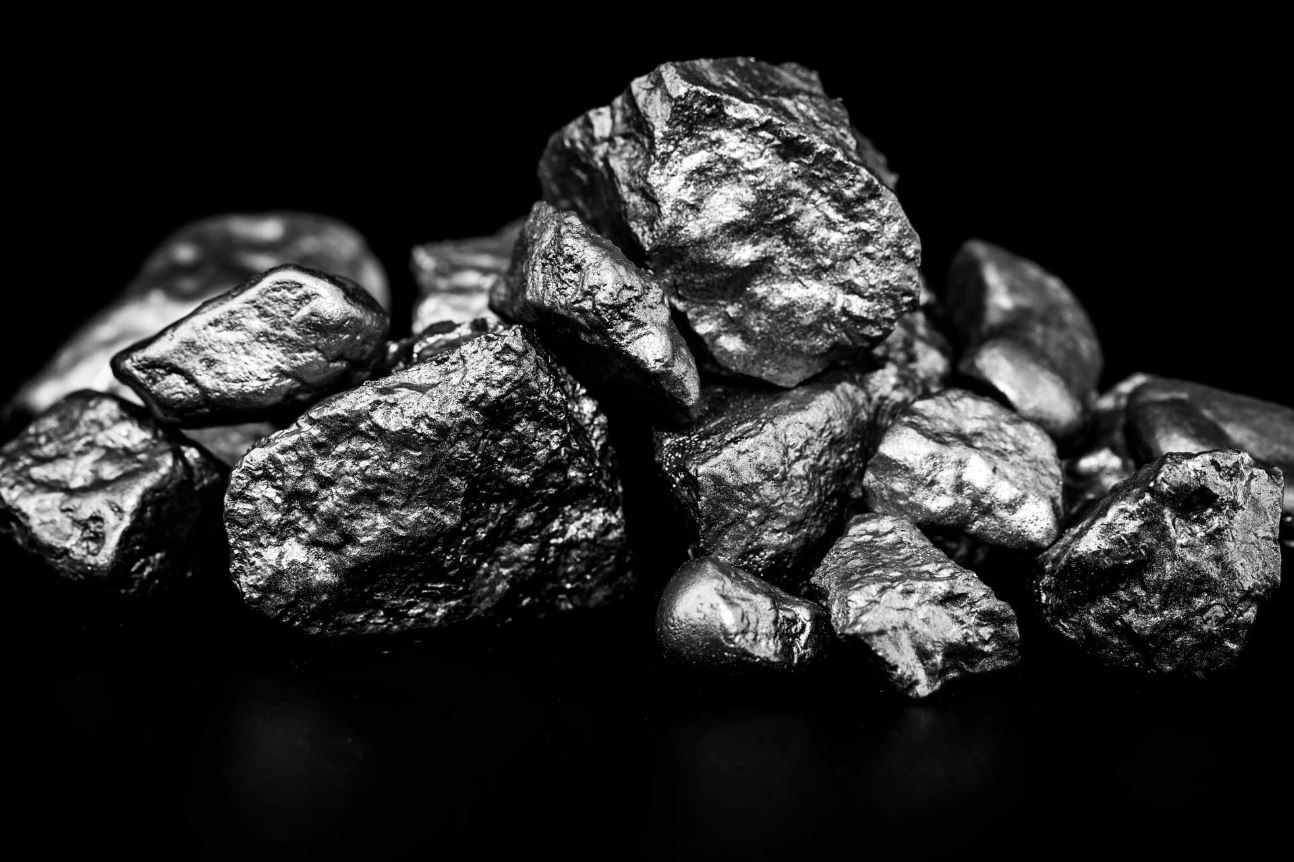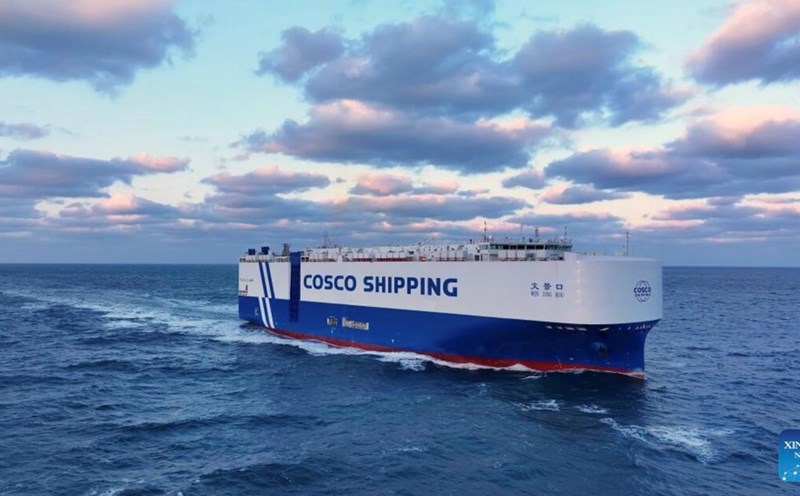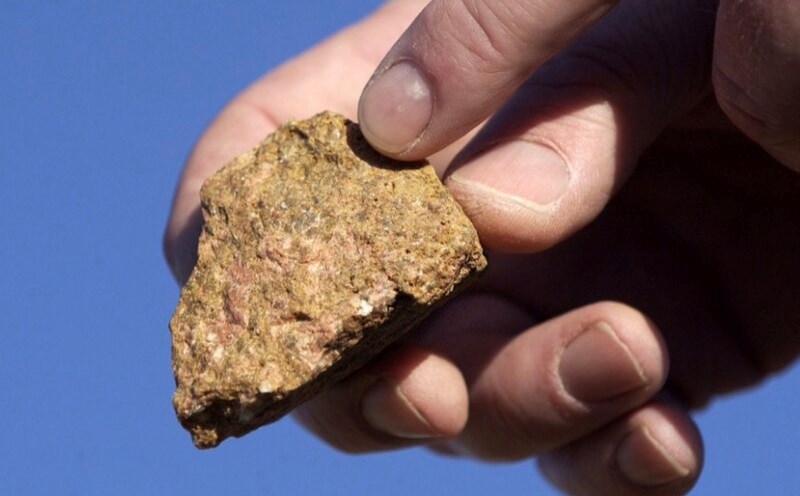A new geological discovery in China is shocking the global military and materials industry: Chinese geologists have found a huge zirconium mine in the Kubai Basin, north of the tarim desert (New much), which increases the country's reserves of zirconium - a strategic metal that was a serious weakness in the country's hypersonic programs.
The new mine was identified to be located in continental sedimentary layers dating back to paleogene and Neogene, formed by the transportation and depositation of zirconium seeds through the ancient river and lake system.
This is the first ever ever ever ever super-large-scale zirconium mine found in an inland basin, completely different from traditional coastal or hard hard rock mines.
Initial estimates show that the reserves of zirconium dioxide here are up to 2 million tons, 4 times the total current reserves of China (about 500,000 tons).
The ore is in the medium and rough grain sand industry, with an average content exceeding 0.2% of zirconium, allowing open-pit exploitation and easy handling using available force-matching and magnetic dating technology.

Zirconium is an indispensable metal in the manufacture of hypersonic missile parts.
In the context of the US, Russia and China racing to develop hypersonic missiles capable of overcoming all current defense systems, controlling the zirconium supply chain becomes a vital advantage.
China currently consumes more than 53% of global zirconium, but depends on more than 90% of imports, mainly from Australia - the country that owns more than 70% of the world's reserves. This makes zirconium the "achilles heel" in Beijing's high-tech strategy, especially as US-led export control measures are expanding, not just limited to semiconductors.
"Zirconium is one of the rarest strategic minerals in China" - the research team led by engineer Liu Bang of the Xinjiang Geological Bureau wrote in the June issue of the Chinese Journal of Geological Sciences. "This discovery not only sharply increases domestic reserves, but also opens up new directions for strategic mineral exploration in the continent."
More importantly, the discovery has disrupted the long-standing geological concept that zirconium can only accumulate on the coast. With the ancient river and lake sediment model, geologists can now expand their searches inland - from Asia to Africa and South America - to search for other highly urbanized areas.
Not only is the mine rich in zirconium, it also contains high-value bytes such as hafnium, scandium, cerium and yttrium - key materials in semiconductor technology, green energy and intangible devices.
Experts say the discovery could create a major boost in China's high-tech materials autonomy strategy, significantly reducing its dependence on foreign supplies in the military and aerospace sectors.











